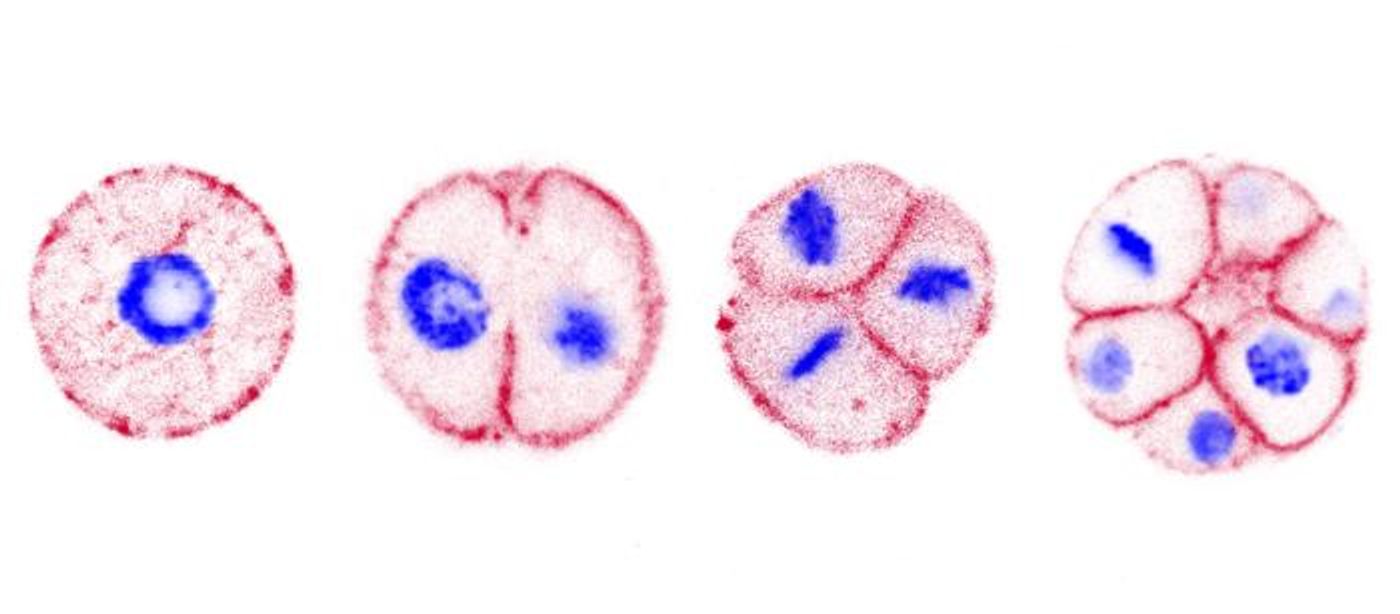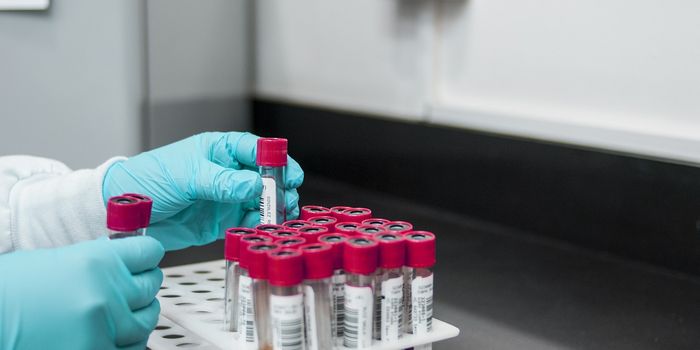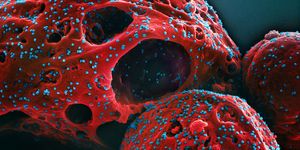Embryonic Development in an Ancient Unicellular Organism
The world is full of unusual unicellular organisms and microbes, many of which have not been discovered yet. In 2017, scientists identified a single-celled marine organism called Chromosphaera perkinsii in sediments collected from Hawaii. This species is estimated to be over a billion years old, making it older than the world's most ancient animals. Researchers determined that this species has significant similarities to some animal embryos, though it is typically unicellular. The findings, which have been reported in Nature, suggested that some of the genetic mechanisms underlying complex life are present in C. perkinsii, or that it has evolved those characteristics independently.
The investigators noted that this study seems to answer the question of whether the chicken came before the egg; it was apparently the egg, since the genetic tools for making eggs existed prior to the emergence of chickens.
Scientists agree that the earliest forms of life on Earth were made of only one cell, and complex forms of life such as fungi, plants, and animals came along much later. But the exact processes that enabled life to form more complex organisms are not well understood.
C. perkinsii is an ancient type of protist; protists are a collection of unicellular organisms that don't fit easily into other classifications such as bacteria or archaea, but are not eukaryotes, which include fungi, plants, and animals.
When C. perkinsii have grown to their maximum size, they start to form multicellular colonies, which have similarities to animal embryos during development. These colonies are made of at least two different types of cells, and they persist for about one-third of their life cycle.
‘‘Although C. perkinsii is a unicellular species, this behavior shows that multicellular coordination and differentiation processes are already present in the species, well before the first animals appeared on Earth," explained senipr study author Omaya Dudin, an assistant professor at the Department of Biochemistry in the UNIGE Faculty of Science.
The cells' structure and division processes not only physically resemble the earliest stages of embryonic development in animals, there are similar genetic processes at work as well. The researchers suggested that some of the genetic mechanisms of animal embryo development may have arisen about one billion years ago. Another possibility is that there are similarities, but these processes evolved on their own and C. perkinsii did not play any part in the evolution of animal development.
Recent discoveries of intriguing, ancient fossils; microbial organisms that form colonies that can behave like complex organisms; and studies like this one are challenging our current concepts about multicellularity.
Sources: Université de Genève, Nature









